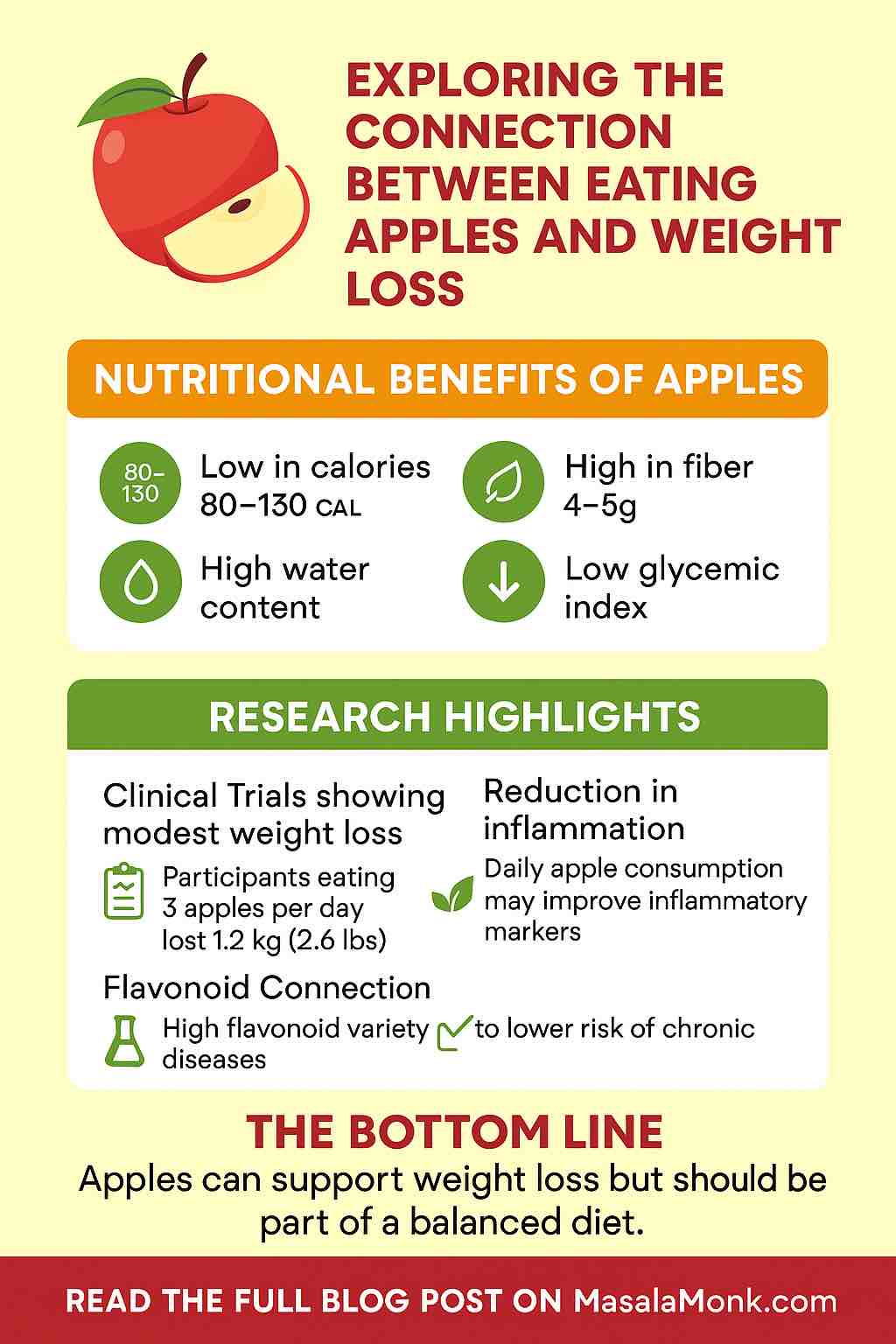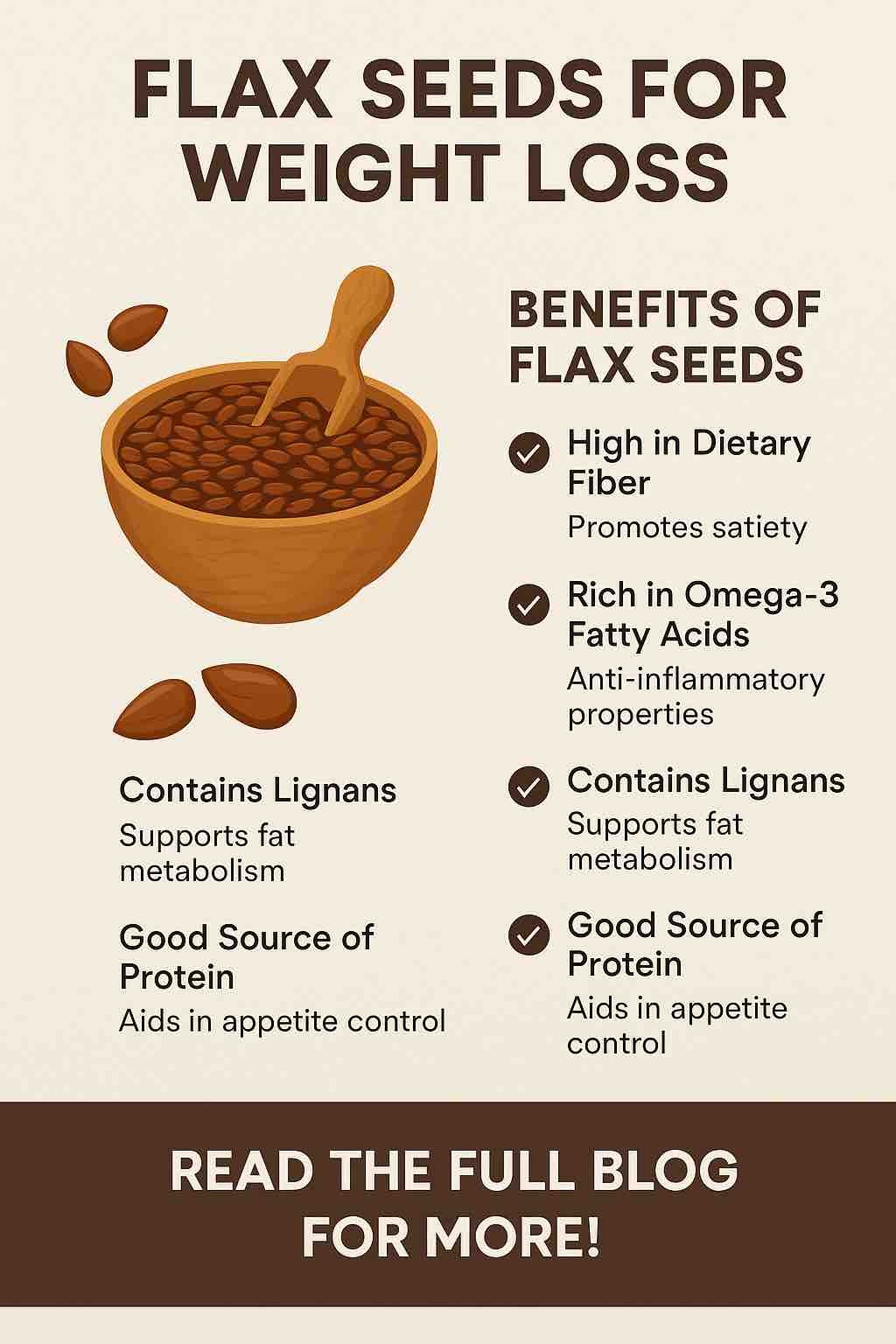
When it comes to weight loss, many people search for natural, easy-to-implement solutions. Among the countless options available, one humble fruit consistently stands out: the apple. Packed with fiber, low in calories, and rich in beneficial compounds, apples may offer more than just a tasty snack — they may actively support your weight-loss journey. But how strong is the science behind this claim? Let’s explore.
🍏 Nutritional Powerhouse: Why Apples Are a Weight-Loss Friendly Food
At first glance, apples check many of the boxes often recommended for weight management:
- Low in calories: A medium apple contains approximately 80–130 calories depending on variety.
- High in fiber: Around 4–5 grams of fiber, primarily soluble pectin.
- High water content: Promotes fullness without adding excess calories.
- Low glycemic index: Helps stabilize blood sugar levels.
Combined, these properties make apples particularly effective at promoting satiety. Eating an apple before or between meals may help you feel fuller, potentially leading to a reduction in total calorie intake throughout the day.
🔬 What Does the Research Say?
1️⃣ Clinical Trials Show Modest but Meaningful Weight Loss
Multiple randomized clinical trials have studied the effects of apples on weight management:
- In a 12-week Brazilian study, overweight women who ate three apples per day lost an average of 1.2 kg (2.6 lbs) compared to minimal changes in those consuming oat cookies instead.
- Another trial reported similar results, with participants who regularly consumed apples or pears losing 0.9–1.2 kg over 10 weeks.
While the weight loss may seem modest, these changes occurred without any other major dietary or lifestyle adjustments — a promising sign of apples’ standalone benefits.
2️⃣ Reduction in Inflammation and Metabolic Improvement
A 6-week study involving daily Gala apple consumption found improvements in inflammatory markers commonly associated with obesity. Chronic low-grade inflammation plays a key role in weight gain and metabolic disease; by addressing this, apples may offer an indirect but powerful tool for long-term weight management.
3️⃣ The Flavonoid Connection
Beyond fiber and calories, apples are rich in flavonoids — plant compounds with antioxidant and anti-inflammatory properties. A 2025 UK Biobank study following over 120,000 individuals for nearly a decade revealed that:
- Higher flavonoid variety (including apples) was associated with a 14% lower risk of death.
- Risk reductions were observed for cardiovascular disease, type 2 diabetes, and certain cancers.
Although not strictly focused on weight loss, these results reinforce the role apples can play in promoting overall metabolic health — often intertwined with weight management.
⚖️ Understanding Apples’ Role in a Weight Loss Diet
While apples offer clear advantages, it’s important to keep perspective:
- They support — not replace — a healthy diet: Apples can help reduce calorie intake when used to replace high-calorie, low-nutrient snacks.
- They’re most effective as part of a broader dietary pattern: Diets rich in diverse flavonoid sources (such as berries, tea, dark chocolate, and leafy greens) amplify these health benefits.
- They are not a magic bullet: No food alone can cause significant weight loss without overall caloric control and lifestyle changes.
🥗 Practical Tips: How to Include Apples for Weight Loss
- Snack smart: Eat a whole apple between meals to curb hunger.
- Pre-meal strategy: Having an apple 15-30 minutes before meals may help you consume fewer calories during your meal.
- Pair with protein: Combine apple slices with nut butter or yogurt for balanced blood sugar control.
- Choose whole apples: Juices and sauces may lack fiber and lead to blood sugar spikes.
🧬 The Road Ahead: Ongoing Research
Emerging studies are exploring:
- The role of specific apple varieties on gut microbiome and metabolism.
- Long-term randomized trials with more diverse populations.
- The optimal daily intake and variety to maximize weight-loss benefits.
As science continues to evolve, apples remain a simple, affordable, and evidence-supported choice for those looking to lose weight naturally.
🔎 Bottom Line
Eating apples can support weight loss thanks to their fiber content, low calorie density, and rich supply of bioactive compounds like flavonoids. While not a stand-alone solution, apples are a smart addition to any balanced, calorie-conscious diet aimed at long-term weight management and metabolic health.
References:
- UK Biobank Study (2025), Nature Food
- Brazilian Apple Trial (12 weeks)
- Gala Apple Inflammation Study (6 weeks)
- Meta-analysis of apple intake and metabolic markers
- EatingWell, RealSimple, Times of India (2025 summaries)
10 FAQs with Answers
1️⃣ Can eating apples really help with weight loss?
Yes. Apples are low in calories, high in fiber, and promote satiety, which can help reduce overall calorie intake. Studies have shown modest weight loss in participants who regularly consume apples.
2️⃣ How many apples should I eat daily for weight loss?
Clinical trials have used 1–3 apples daily. Even 1 apple a day can contribute to improved satiety and metabolic benefits. However, always balance apple intake within your overall calorie and nutrient needs.
3️⃣ Are certain apple varieties better for weight loss?
While most apples offer similar benefits, some studies (like the Gala apple trial) have explored variety-specific effects. Generally, all apples are beneficial due to their fiber, polyphenols, and low energy density.
4️⃣ Is apple juice as effective as whole apples for weight loss?
No. Whole apples contain fiber which slows digestion and increases fullness. Apple juice often lacks fiber, has more concentrated sugars, and doesn’t provide the same satiety benefits.
5️⃣ When is the best time to eat apples for weight loss?
Before meals or as a snack between meals. Eating an apple 15–30 minutes before meals may help reduce overall calorie intake by increasing feelings of fullness.
6️⃣ Do apples boost metabolism?
Indirectly. Apples’ fiber, antioxidants, and polyphenols may support metabolic processes, improve insulin sensitivity, and reduce inflammation — factors that can help regulate metabolism over time.
7️⃣ Can apples cause weight gain if eaten in excess?
While unlikely due to their low calorie density, consuming very large quantities without accounting for total calorie intake may contribute to excess calories. Moderation is key.
8️⃣ Do apples help reduce belly fat specifically?
There is no strong evidence that apples target belly fat directly. However, by supporting weight loss overall and reducing inflammation, apples may contribute to healthier fat distribution over time.
9️⃣ Are dried apples or apple chips good for weight loss?
Dried apples are more calorie-dense and easier to overeat compared to fresh apples. For weight loss, whole fresh apples are generally the better choice due to their higher fiber and water content.
🔟 Can people with diabetes eat apples while trying to lose weight?
Yes. Apples have a low to moderate glycemic index and are generally safe for people with diabetes when eaten in moderation. The fiber helps regulate blood sugar levels, supporting both diabetes management and weight control.


















